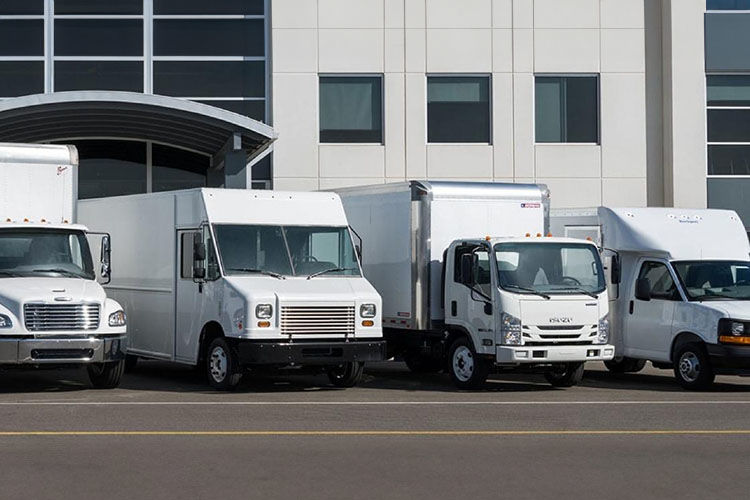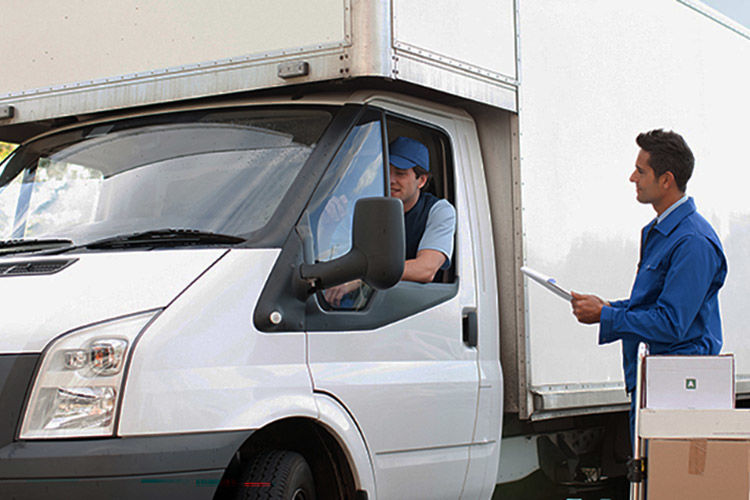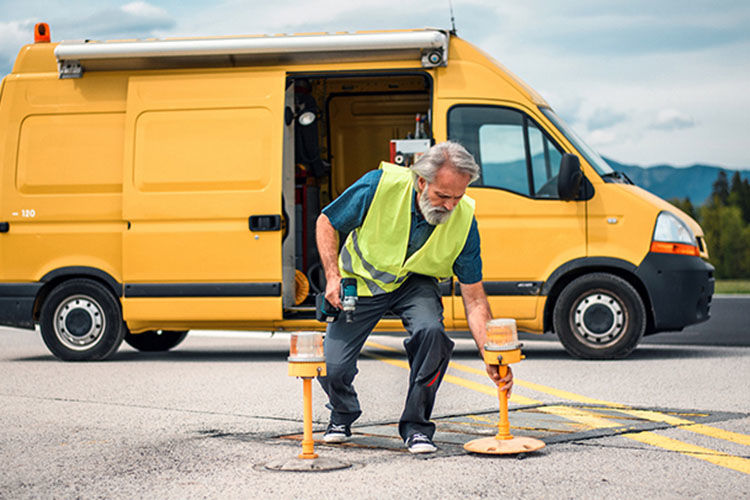Ladder Racks are Important for this HVAC Company


Ladder Racks are Important for this HVAC Company
We interview Bob of award-winning White Glove Chimney & Air Duct about his work trucks. Each of them is fully decked out with shelving to accommodate supplies and ladder racks to reach chimneys of various heights.
- White Glove utilizes WEATHER GUARD and Ranger ladder racks.
- They use Little Giant and regular extension ladders, and step ladders.
- Such bulky equipment is difficult to store and a ladder rack helps that a lot.
- Being mindful of the ladders, such as how far they stick out while driving, is extremely important.
- Adjustable shelving can further help with carrying equipment or hardware like stoves.
Q: What vehicles does your HVAC company use?
A: The vehicles that we have right now are high-roof Nissan vans, a GMC Savana–just a regular-sized Savana–and two Ram trucks, all with ladder racks and shelving and everything.
Q: What kind of ladder racks do you have?
A: We have a WEATHER GUARD on the Nissan with drop-down racks. On both sides, we carry a long ladder and a shorter extension ladder. It’s a WEATHER GUARD on the GMC as well, but they do not drop down. So, tall people have no trouble getting ladders off that. Short people have pulled them from the back or step up on the bumper. The Rams have Ranger ladder racks and they are just standard two-sided ladder racks but we just lift them off there because it’s a short van.
Q: Any problems with the roof-mounted ladder racks?
A: As far as problems go with our racks we have young men in big trucks with lots of stuff in them and not all of them are conscious drivers. A lot of them drive too fast and they drive into trees because there are branches hanging down and they are easy to catch, especially with the high roofs. We need drivers that drive consciously.
There are dangers with the high-roof van ladders as well. A lot of times there’s power lines running through trees in a driveway or in the street that you’re parked under. When you rotate the ladder it lifts up and it can hit the power lines. It’s the same thing when you’re just lifting ladders off of one of the other vans that don’t rotate up. You have to really look and make sure that the power lines are not there. Our ladders are aluminum. We do not have electrically-rated ladders. If you do, you don’t have to worry about it as much but on a foggy day you can get an arc as long as three feet, so you have to be pretty careful about that.
Q: What kind of gear do you take to a job site?
A: We’re primarily a chimney business and we carry in terms of tools: tools for framing, tools for sheet metal, tools for plumbing, electrical testing tools, our chimney cleaning tools. We’ve also got tools that are for measuring air pressure in houses. So we carry a full load of tools for all the different kinds of jobs that we do all the time. Often we have welding tools and masonry tools. It’s a lot of trades that come into the chimney business. And then we’re doing coolers and other things.
All the vans have enough tools to do every kind of job that we do but they do not all have the capacity for carrying the materials. If we’re carrying fireplaces or stoves we’re pulling a trailer and we need something that’s capable of pulling maybe an 800-1,000 pound fireplace.
Q: Would you like something to help move your equipment?
A: I wish I had a way to keep the mini trucks that get good gas mileage and are easy to maneuver and park and everything in town–but more than just simply one of those trays on the back that we could slide into a trailer hitch. We have to pile stuff up against a door and figure out a strapping system. But, a lot of times it’s just some chimney or venting that’s pretty light and we don’t need to have the full trailer. That would be ideal for us.
We might want a big bin or something that’s adjustable–for odd-shaped kinds of things that aren’t heavy. That would allow us to use the small trucks that we like driving (they’re more comfortable to drive) while still being able to get the equipment that we need where we need it.
Q: With all the chimney work, how many ladders do you carry?
A: We’ve got several. We’ve got Little Giant ladders, we have regular extension ladders, we always need a seven-foot folding ladder or sometimes an eight-foot which we use Little Giant for. We’ve also tried some of the telescoping ones and none of our guys like them. I don’t like them either. You never are absolutely sure that–even though they’re 1A-rated for 300 pounds–they don’t feel like it when you’re on them. And, we need ones that we can collapse down and store in the van. Actually, we carry a two foot ladder, a step ladder that goes at least to seven feet, and two extension ladders on each truck. That’s a lot just in terms of tools, bulky tools that are hard to store.
Q: How do you move and transport the heavy stoves?
A: We have to roll stoves in and out of fireplaces, so we’ve got rollers. We’ve cut and manufactured in our own pieces for that, but we have to make our own storage. If we have it on the floor of the van, which we do when we can put stuff on top of it, it blocks off the shelving on the sides and we lose that storage.
If we had adjustable shelving that you could actually, say, take something that’s five inches wide and slide it in from the back it would be great. We could stack stuff, but it fills up the shelves on the side. If we had a way of doing that creatively that would solve some of our problems.
Published on: July 22, 2019Explore Vehicles
Nothing loaded.
 Navigating Your Options: Key Tips For Choosing The Right Commercial Vehicle
Navigating Your Options: Key Tips For Choosing The Right Commercial Vehicle Easing Into a Zero-Emission Commercial Vehicle Fleet: How One Hydrogen Truck Can Start a Revolution
Easing Into a Zero-Emission Commercial Vehicle Fleet: How One Hydrogen Truck Can Start a Revolution Class 2b-3 Commercial Vehicles: How the Industry Can Find the Right Balance Across Supply, Demand, and Emissions Requirements
Class 2b-3 Commercial Vehicles: How the Industry Can Find the Right Balance Across Supply, Demand, and Emissions Requirements Exploring Practical Options To Lower Your Construction Fleet's Carbon Footprint
Exploring Practical Options To Lower Your Construction Fleet's Carbon Footprint Class 2b-3 Commercial Vehicles: Where We Are and Where We’re Going
Class 2b-3 Commercial Vehicles: Where We Are and Where We’re Going






